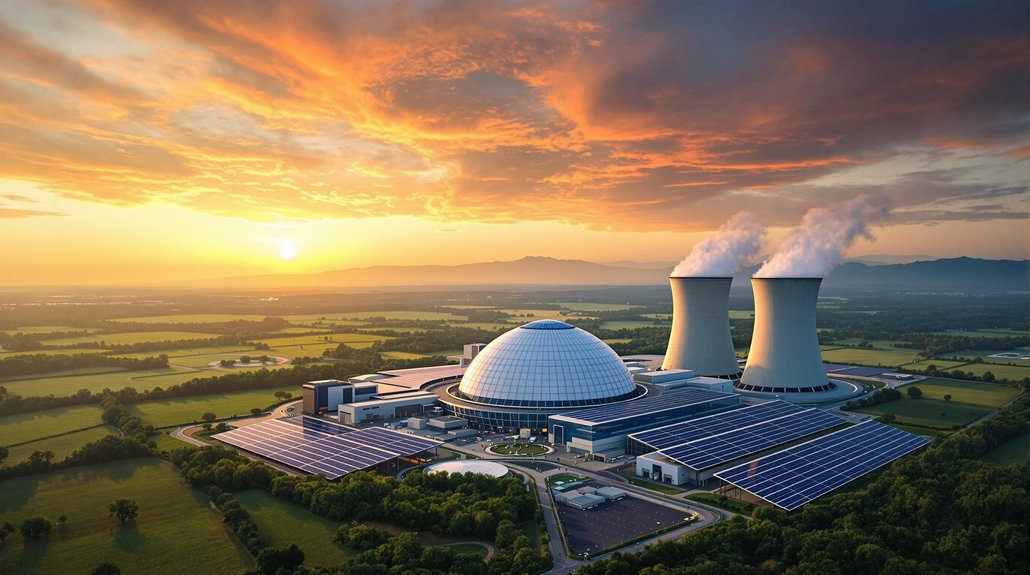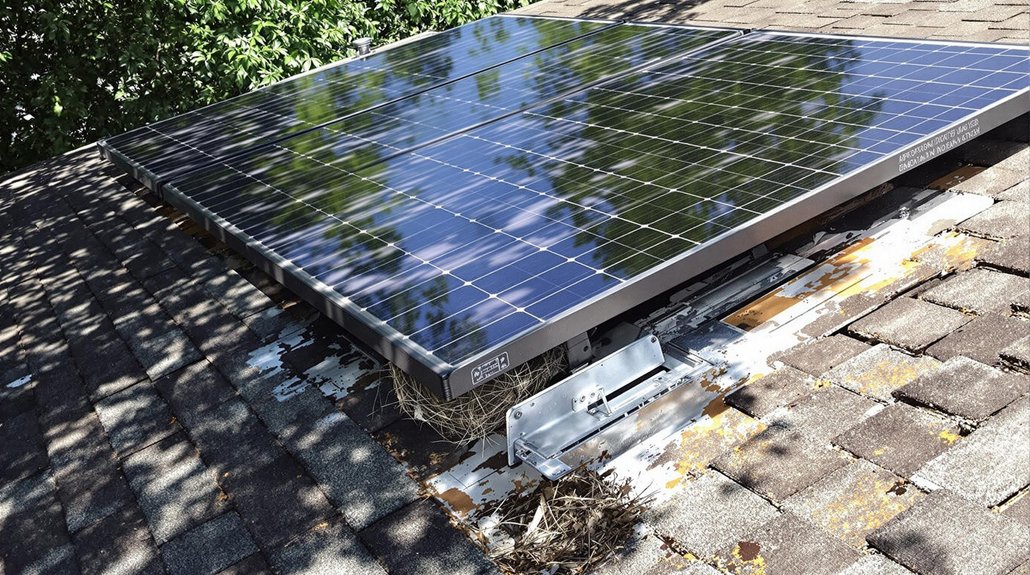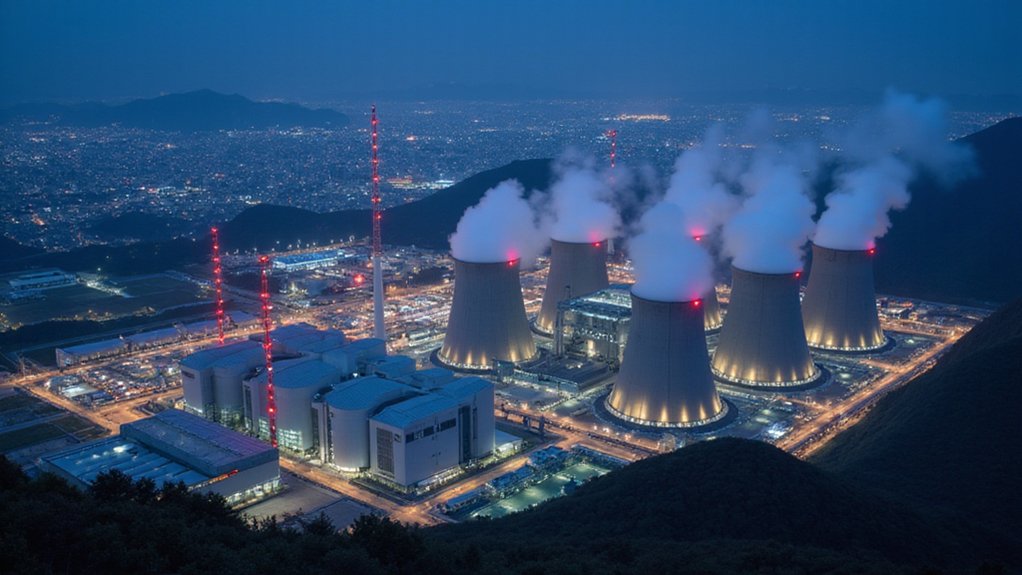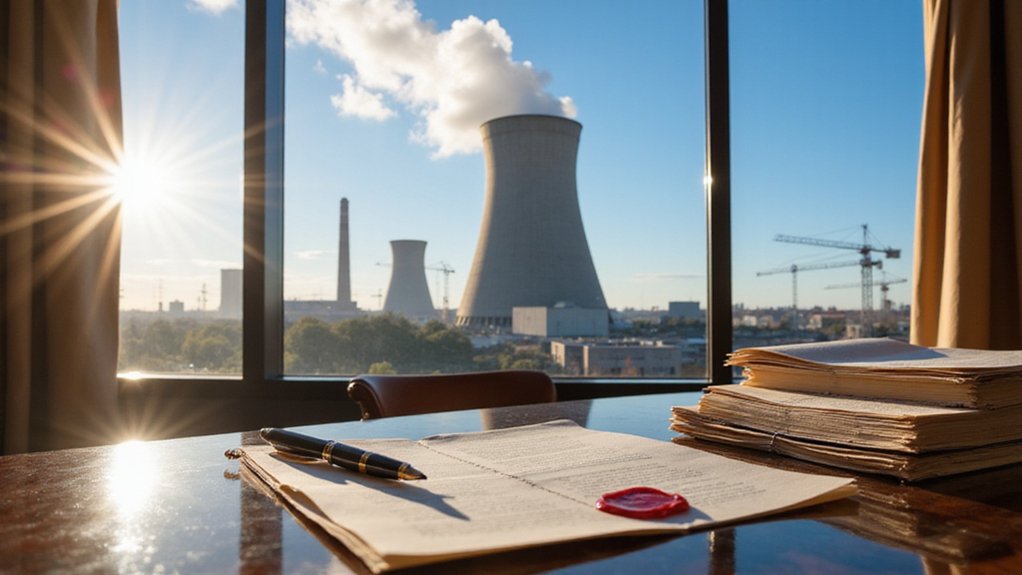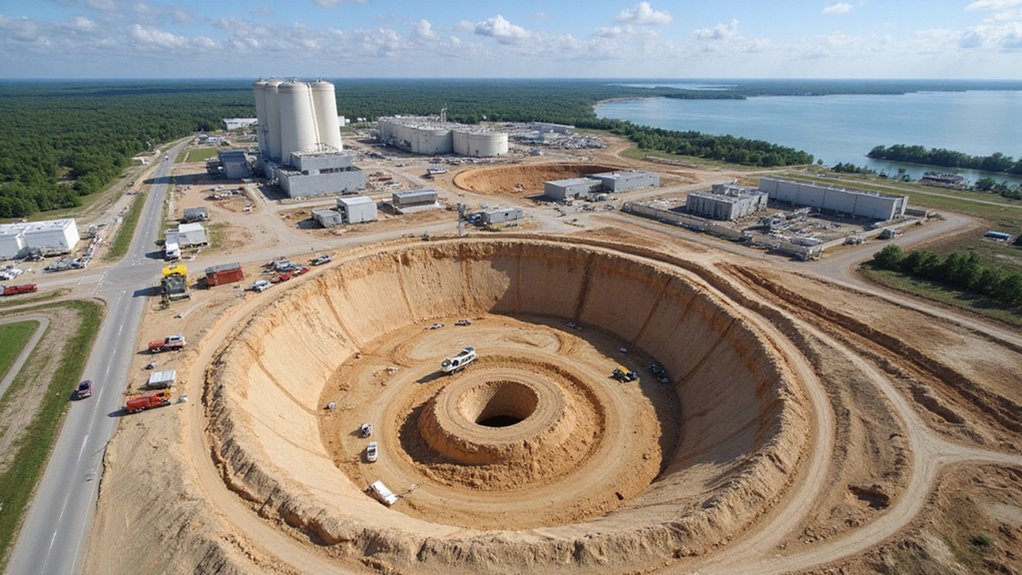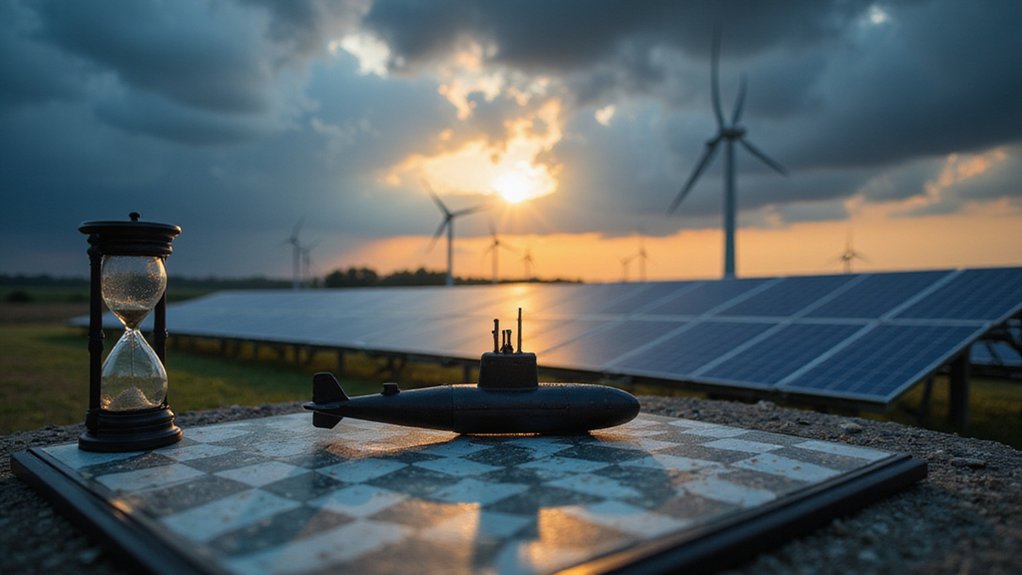India’s ambitious plan to expand nuclear capacity to 100 GW by 2047 marks a significant shift in its energy strategy. Currently at just 8.18 GW, the government has allocated Rs 20,000 crore for small modular reactor development. The plan includes increasing nuclear’s share from 7% to 10% of total energy mix. International partnerships with France and the USA support this expansion. Challenges include high capital costs and regulatory barriers that require reform to achieve this bold target.
India has set its sights on a nuclear-powered future with an ambitious target of 100 gigawatts (GW) of nuclear capacity by 2047. This goal, announced in the 2025-26 Budget as part of the Nuclear Energy Mission for Viksit Bharat, marks a dramatic expansion from the current capacity of 8.18 GW across 24 reactors. The plan aims to increase nuclear power’s share from 7% to 10% of India’s total energy mix.
India’s nuclear ambitions soar with plans to expand capacity more than tenfold by 2047, transforming its energy landscape.
The government has allocated Rs 20,000 crore for developing Small Modular Reactors (SMRs), a key component of its strategy. Five indigenously developed SMRs with capacities between 16 MW and 300 MW are expected to be operational by 2033. These compact reactors can serve remote areas and industrial zones where larger plants aren’t feasible.
India’s nuclear roadmap includes 15.3 GW already under construction and plans to reach 22.48 GW by 2031-32. This growth trajectory supports India’s commitment to achieve net zero emissions by 2070. Since 2014, funding for the Department of Atomic Energy has increased by 170%, reflecting the government’s priority on nuclear development. Nuclear energy provides baseload power comparable to wind energy while producing low carbon emissions, making it an essential component of India’s climate strategy.
International partnerships are boosting India’s nuclear aspirations. Recent agreements with France focus on advanced and small modular reactors, while cooperation with the USA aims to implement the US-India 123 Civil Nuclear Agreement. Russian firm Rosatom and France’s EDF have also shown interest in India’s nuclear sector. The current approach to supplier liability has created barriers for private industry participation and requires reform to align with global standards.
Despite the promise, challenges remain. Nuclear plants require high upfront capital, and regulatory barriers limit private sector participation. The government plans amendments to the Atomic Energy Act and Civil Liability for Nuclear Damage Act to address these issues. An inter-ministerial committee will meet on March 6 in Mumbai to develop the detailed roadmap addressing capacity addition and existing hurdles.
India’s nuclear push offers multiple benefits beyond energy security. The sector promises job creation, supports industrial decarbonization, and complements renewable energy sources by providing reliable baseload power.
With 21% of the world’s thorium reserves, India also has a unique opportunity to pioneer thorium-based nuclear technology as it pursues its bold energy transformation.
